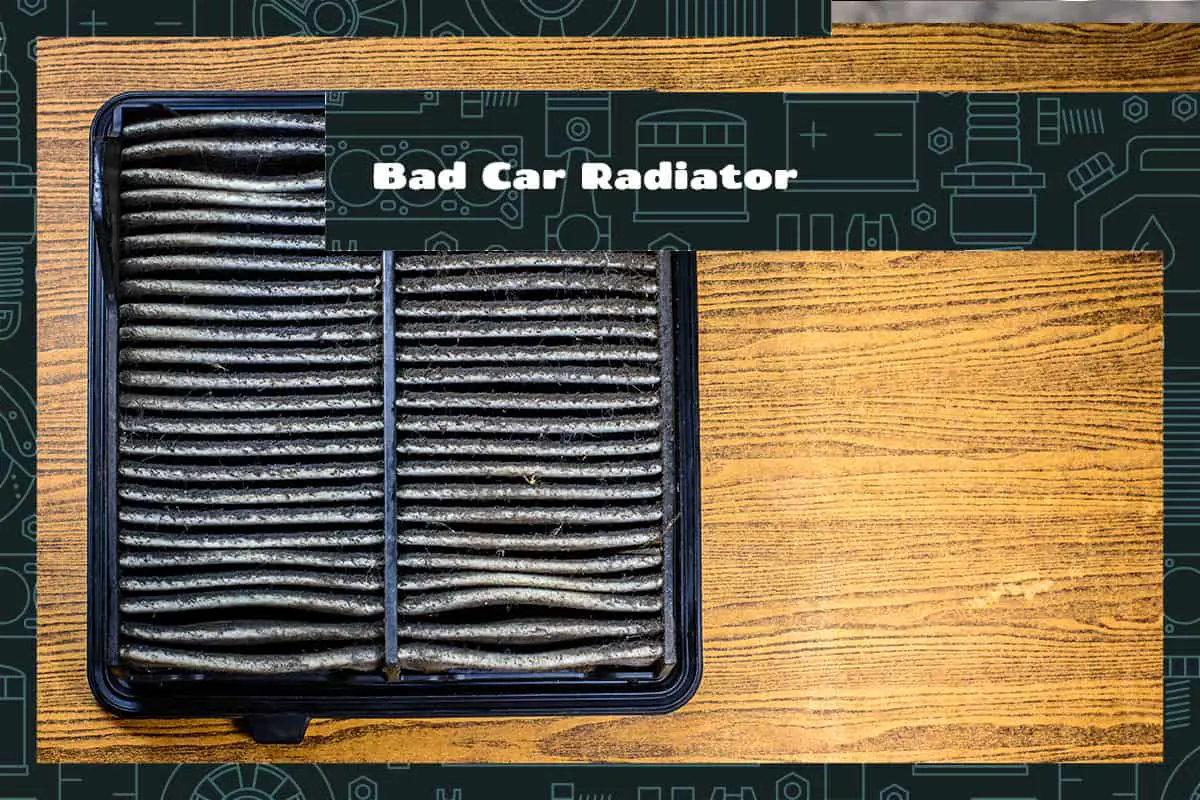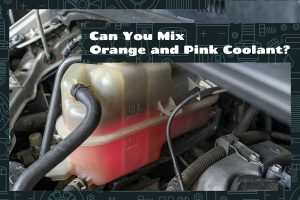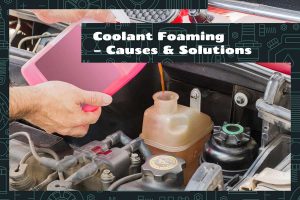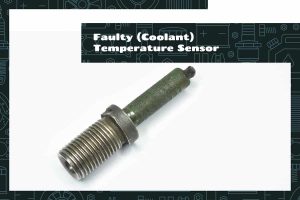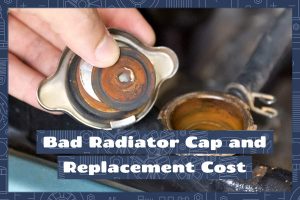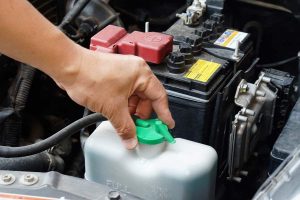Car radiators maintain the engine’s temperature and preserve the overall health of your vehicle. However, radiators can become faulty over time, affecting the performance and fuel efficiency of your car. Knowing the signs of a troubled radiator, its causes, and possible solutions can save you from costly repairs and unsafe driving conditions.
Radiator trouble signs include an overheating engine, visible coolant leaks, rust-colored or dirty coolant, and the presence of sludge in the radiator.
This comprehensive guide will delve into the symptoms, causes, and consequences of a bad car radiator and propose effective solutions.
What Is a Car Radiator?
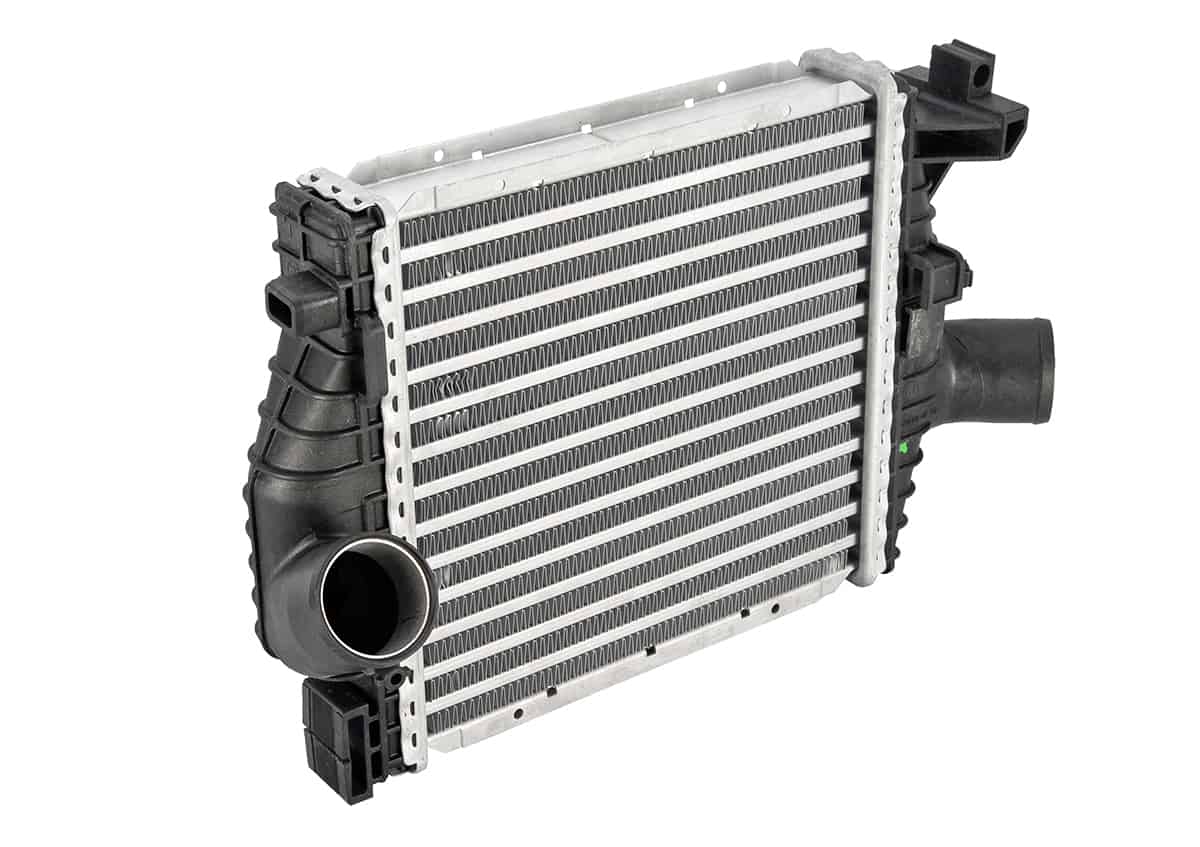
The radiator functions as a heat exchanger, designed to dissipate the heat absorbed by the coolant from the engine. This heat dissipation prevents your engine from overheating, which can lead to severe damage and engine failure.
When your engine is in operation, it generates a significant amount of heat. If this heat isn’t controlled or reduced, it can cause severe damage to the engine’s components. This is where the radiator steps in.
The radiator forms a part of a larger system—the car’s cooling system. The coolant circulates through the engine and absorbs the excess heat. The hot coolant then travels to the radiator.
The radiator, designed with a large surface area thanks to its series of tubes and fins, allows air to flow through and around it. As the air passes over the heated radiator, it cools the hot coolant inside before it’s circulated back into the engine to absorb more heat.
Signs of a Bad Car Radiator
A bad car radiator can manifest several symptoms. Here are some signs to watch out for:
1. Overheating Engine
When your radiator isn’t functioning correctly, it can’t cool the engine effectively, causing it to overheat. This is particularly noticeable during high-speed drives, long trips, or in hot weather when the cooling system is in high demand. If your car’s temperature gauge is reading higher than usual or warning lights are flashing, it’s essential to pull over and let your engine cool down to prevent severe damage.
2. Coolant Leaks
Coolant leaks are a tell-tale sign of a bad car radiator. If you notice a pool of coolant under your parked car, typically bright green, yellow, or pink, it could indicate a leak in the radiator.
Leaks can be due to cracks in the radiator itself or issues with the hoses connected to it. While minor leaks might not cause immediate problems, they can escalate over time, leading to an overheating engine due to low coolant levels.
3. Rusty or Discolored Coolant
The coolant should typically be bright in color. If you notice a rusty or muddy color when you check the coolant, it’s usually a bad sign. Rust or discoloration can occur due to the internal corrosion of the radiator, contaminating the coolant.
This could mean your radiator is deteriorating and may not be effectively cooling the engine. Additionally, contaminated coolant can cause blockages, further disrupting the cooling process.
4. Sludge in the Radiator
The coolant can break down and start to form a thick, gunky substance known as sludge. The presence of sludge in the radiator is a sign that the cooling system isn’t functioning as it should.
Sludge can block the coolant’s passage through the radiator, reducing its efficiency in cooling the engine. It’s often a result of mixing different types of coolants or using poor-quality coolants.
5. Fluctuating Temperature Gauge
If you notice your temperature gauge fluctuating between normal and hot, it may be an indication of a failing radiator. Inconsistent readings typically result from a blockage that prevents the proper flow of coolant, causing the engine’s temperature to increase and decrease irregularly.
Causes of Radiator Problems
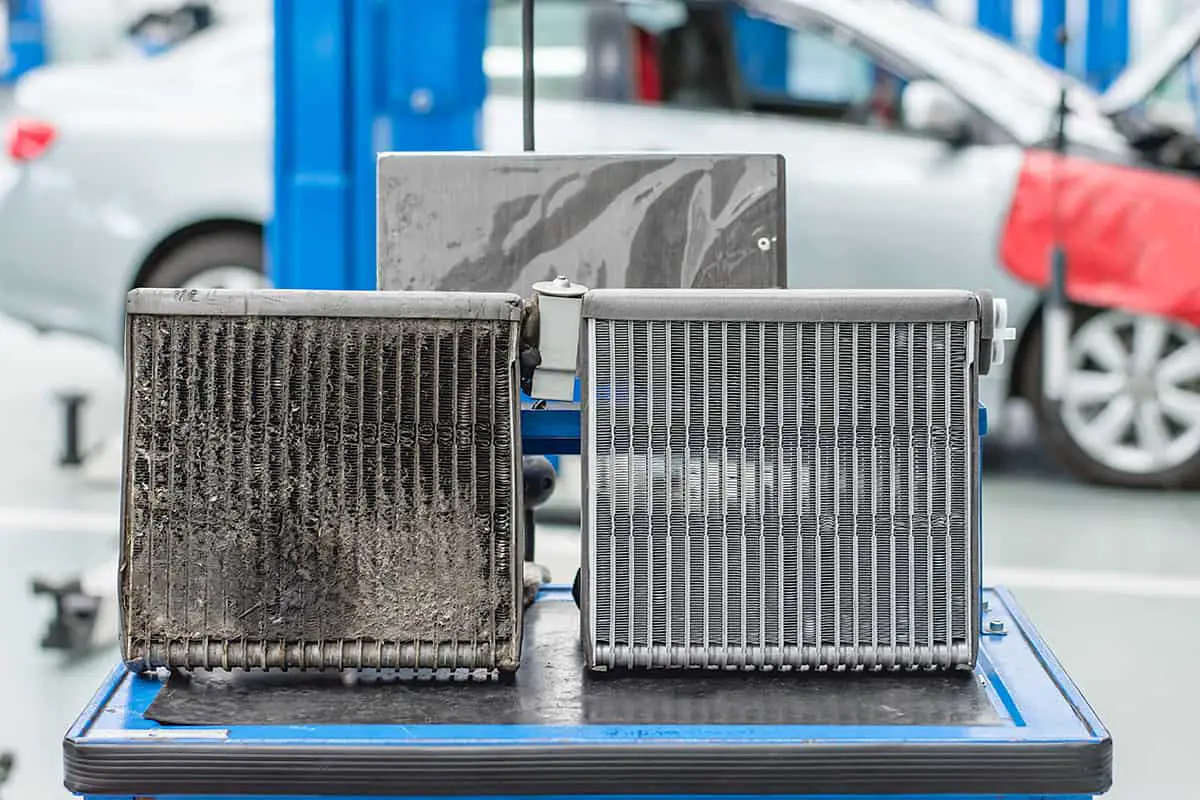
Understanding the causes of their failure can help you prevent costly repairs and maintain your vehicle’s health. Here are some common reasons for radiator problems:
1. Natural Wear and Tear
Over time, car radiators can deteriorate due to constant exposure to high temperatures and pressure. The cooling system’s elements, such as coolant, can corrode the radiator’s metal over time.
2. Insufficient Coolant Levels
The coolant, or antifreeze, absorbs excess heat from the engine and transports it to the radiator for dissipation. If the coolant levels are insufficient, the radiator won’t be able to cool down the engine effectively, which could lead to overheating.
3. Incorrect Coolant Mixture
The coolant mixture needs to maintain the right balance, typically 50/50 of coolant and water. An incorrect mixture can impact the coolant’s ability to absorb and dissipate heat, leading to engine overheating and potential radiator damage.
4. Broken Thermostat
The thermostat controls the flow of coolant between the engine and the radiator. When the engine reaches a certain temperature, the thermostat opens to allow coolant to flow. If the thermostat is broken and stuck in the closed position, it prevents the coolant from reaching the radiator, leading to engine overheating.
5. Damaged Water Pump
The water pump circulates the coolant through the engine and the radiator. If the water pump is damaged or faulty, it can prevent the coolant from moving through the system, reducing the radiator’s cooling effectiveness.
6. Damaged Hoses or Fan
Radiators are composed of several components, including hoses and a fan. The hoses that connect the engine to the radiator can also experience issues. If these hoses are cracked, leaking, or blocked, they can prevent the proper flow of coolant, impacting the radiator’s ability to cool the engine.
The radiator fan helps cool the coolant when the vehicle is at low speed or idle when there is not enough airflow. If the fan is not working correctly, it could cause the engine to overheat, particularly while stuck in traffic or during slow drives.
Solutions for Radiator Troubles
If your car’s radiator is showing signs of trouble, it’s crucial to address the issue promptly to avoid more severe engine damage. Below, you’ll find potential solutions for common radiator problems:
1. Repairing or Replacing a Leaky Radiator
If your radiator is leaking coolant, you may be able to patch the leak temporarily using a radiator stop-leak product. These are generally available at automotive parts stores and can be a short-term solution.
However, for larger leaks or if the stop-leak product doesn’t solve the problem, you’ll likely need to replace the radiator or have it professionally repaired. Replacement is often the most reliable long-term solution, particularly for older or heavily damaged radiators.
2. Flushing the Radiator to Remove Blockages
If your radiator suffers from blockages due to sludge or sediment build-up, a radiator flush might be the solution. A radiator flush involves draining the coolant, filling the system with a radiator flush product and water, running the engine to circulate the solution, and then draining it again. You then refill the system with fresh coolant.
3. Replacing the Coolant
If the coolant is discolored or rusty, a coolant change is a likely solution. Draining the old coolant and refilling it with a fresh mixture can improve the radiator’s cooling ability. Remember to use the correct coolant type and the right water-to-coolant ratio as recommended by your vehicle’s manufacturer.
4. Replacing a Faulty Thermostat
A faulty thermostat can cause your engine to overheat by preventing the flow of coolant to the radiator. If the thermostat is the issue, replacing it with a new one should solve the problem. This is a relatively inexpensive repair but can have a significant impact on the radiator’s performance.
Fixing or Replacing Damaged Radiator Hoses/Fan
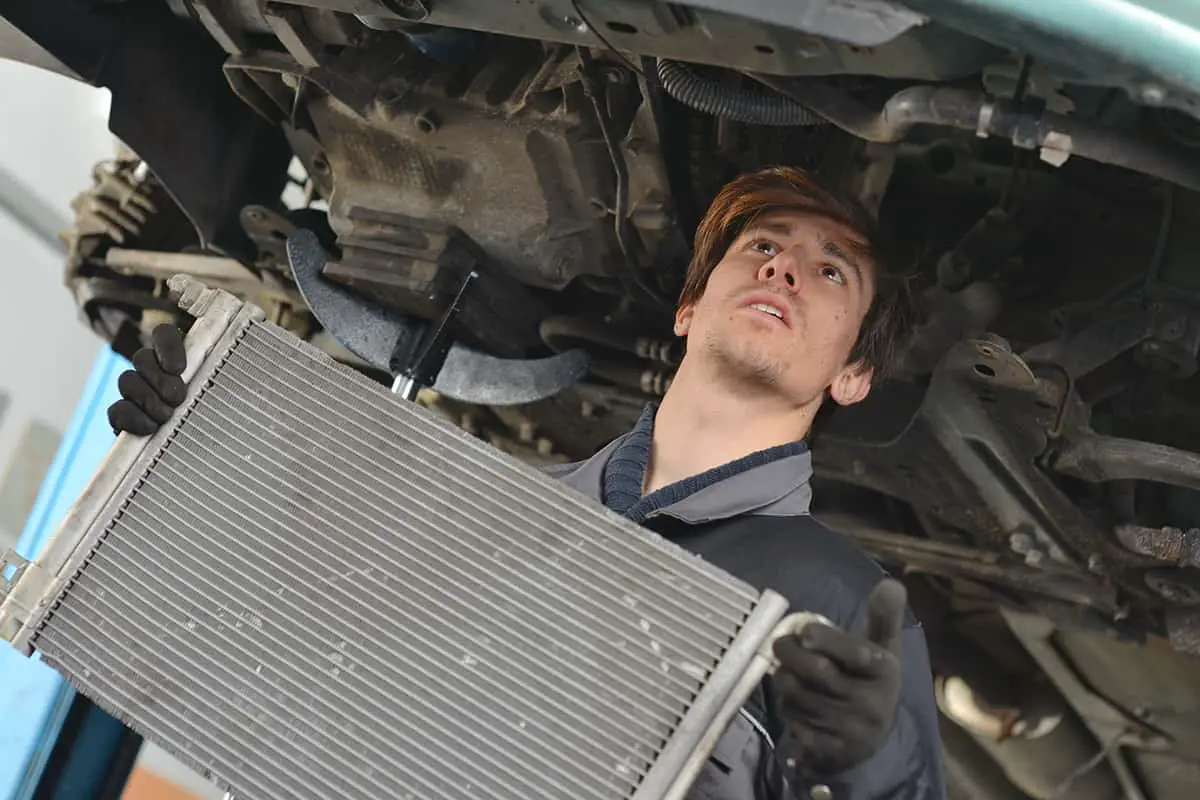
If the radiator hoses are damaged or blocked, replacing them can restore the flow of coolant between the engine and the radiator. You should also check the hose clamps to ensure they’re tight and secure.
A non-functioning radiator fan can cause the radiator to be ineffective at cooling the coolant, especially during low-speed drives or idle times. If the fan isn’t working correctly, it may need to be repaired or replaced.
